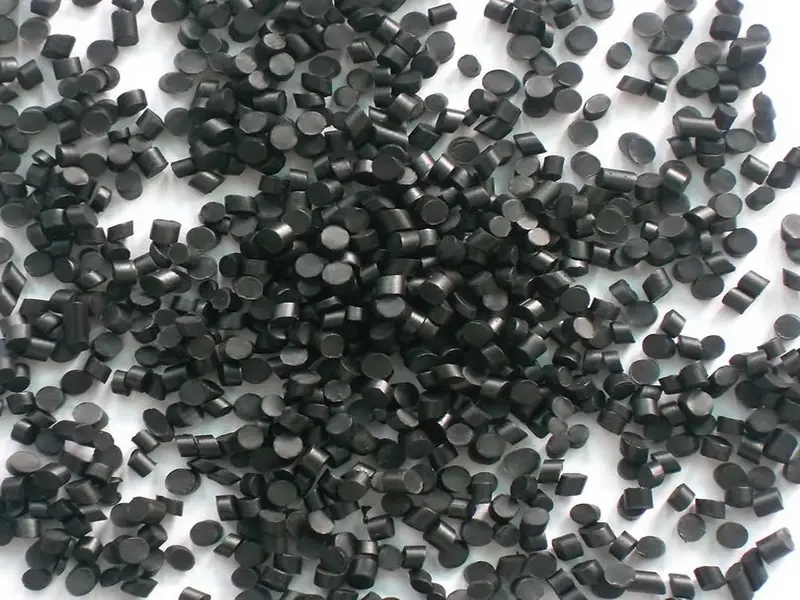How to test the hardness of plastics accurately
Date:2022-4-22 Author:
Rockwell hardness of plastics is a measure of the hardness of a material. When measuring, a specified pressure head is pressed on the sample with a smaller load. And then gradually increased to a larger value, and then returned to a smaller load.

When measuring the hardness of plastics, a specified pressure head is pressed on the sample with a smaller load, and then gradually increased to a larger value, and then returned to a smaller load. Plastic Rockwell hardness with such a sample indentation depth of the net increase to express the material hardness value, according to the size of the pressure head, add to the load value size, corresponding to the provisions of the different scale. For example, there are K ruler, L ruler, M ruler and so on. There is no simple conversion relation between different scales.
There are many different kinds of plastics. Recently there have been many kinds of high hardness of plastics, which have the strength of metal but weigh much less. Next, the plastic receiving POLYMSJ is compared with the plastic receiving ordinary nylon.
1.30% hardness of ordinary nylon fiber is 6000, while the hardness of this POLYMSJ can reach 13000, which is more than twice that of nylon.
2, density and nylon.
The price is comparable to that of nylon.
4, can match the color.
Shore hardness tester
Scope of application: according to the different types of indentation can be divided into 3 categories, Xiao A type, C type, D type, their measuring principle is completely the same, the difference is the size of the measuring needle is different.
A type of tip diameter is 0.8mm, Shao A type hardness tester used to measure soft plastics, rubber, synthetic rubber, felt, leather.
The tip diameter of type D is 0.2mm, that is, the radius is R0.1. Shao D hardness tester is used to measure the hardness of hard plastics and hard rubber, hard resin, plexiglass, thermoplastic plastic, printing board, fiber and other high hardness rubber and plastic materials.
The measuring needle of type C is a ball 5mm in diameter. Shaw C hardness tester is used to measure soft materials such as foam and sponge.
Note: When type A is used, when the hardness value of the material exceeds 95% range, it should be changed to Type D. When the hardness value of type D exceeds 95% range, it should be determined by Brinell or Rockwell hardness method, otherwise the accuracy is not high. HSA is commonly used for soft plastic rubber, HSD is commonly used for hard plastic rubber, and an HSC is less commonly used.
The Shore hardness test is only suitable for comparison of materials with the same elastic modulus. Otherwise you get the wrong result that the rubber has a higher HS value than the steel. Shaw hardness test is used to determine the hardness of various raw materials and materials after heat treatment. And shore hardness tester small volume, easy to carry, easy to field application.



